
|
|
From the Editor - March 2021
The Texans are not alone in their sufferings - I heard from Ken Croft in Southern France that the River Garonne, near which he lives, experienced the worst flooding in over 20 years during February. The attached aerial image of the local airfield where Ken's model club operates gives a good idea. As can be seen in the image, the clubhouse (marked with a red arrow) was inundated, suffering considerable damage. Note also the hangars associated with the airfield. Any aircraft inside them would not have fared well!
Oh well, onwards and upwards! The site usage stats show that many of my readers have continued to take an interest despite other distractions, evidently using this website to help them fill the hours of isolation forced upon many of us by the COVID situation as well as a desire to take a break from the political and environmental realities which currently bedevil our lives. Despite this, the numbers for February 2021 showed a modest decrease in the level of activity on this site. The February total of total of 426,365 hits was substantially down from the January figure, as was the number of visits at 4,049. These visits came from a slightly reduced 2,187 unique visitors. Moreover, these visitors accessed a significantly reduced total of only 15,706 pages. Still, there's sufficient interest on the record to keep me churning out these articles, for now at least.
Ingemar Larsson of Sweden was kind enough to point out an error in the text of last month's Editorial. In that text, I stated that the EU is banning all sales of nitromethane in their area. I reported that even pre-mixed model engine fuels were affected, since the EU was placing an upper limit of 16% nitro in blends such as model engine fuels. Thankfully, Ingemar tells me that the situation isn't quite as black as I made it out to be. The reality is that the EU has indeed made new regulations but they haven't banned the use of model engine fuel with more than 12% nitro by volume (or 16% by weight). The new factor is that you now need a license/permit from your local authority to use fuel with a higher nitro content. Previously one only needed a permit to handle pure nitro. It turns out that it is not difficult to get a license/permit to use higher-nitro fuels if you can show that you are a genuine modeller. Ingemar hasn't checked how this is being handled in all EU membership countries, but these are the rules that apply in Sweden and a couple of other EU countries where Ingemar has talked to friends. So cheer up, nitro burners - just get your permits and carry on!!
It appears that others besides the Motor Boys must have made castings for this engine. There were apparently a number of versions made. The originally illustrated example sent in by Lars Gustafsson has a much enlarged bump at the front to accommodate the transfer passage – not one of Vincent’s castings. Ken’s example was made from Vincent’s castings more or less as per the drawings. The most outrageous example, which had an almost unbelievable performance, was the Schnuerle-ported twin ball race version designed by Stan Pilgrim and built by Vincent Chai. A mention appeared in MEN for April 2005.
The engine bears no marks of identification to help in identifying it. When first acquired by Rob, it was in a bad state of repair, with numerous breaks and flaws in the castings. A friend built up some of the damaged sections with weld, since when it has languished in said “maybe later” pile, eventually being quite forgotten until Rob happened upon it again just recently. Rob tells me that he plans to get back onto it now and try to restore it to operating condition. Meanwhile, does anyone out there know what it is or who might have made it? My article last month on the classic micro-diesels seems to have played quite well among my readers. Among other positive feedback, I heard from my good mate Maris Dislers, who made some invaluable suggestions for improvements to the “Conclusions” section of that article. These have now been incorporated, with my very sincere thanks to Maris. Check it out …………
Maris has come through yet again with a truly fascinating article - a chronological historical summary of the many and varied American ½A engines produced by the US model engine manufacturing industry from start to finish. I don’t think that this story has been summarized previously in any single article, so this should become a primary reference for anyone interested in ½A engines. I hope that you enjoy it as much as I did! My very sincere thanks to Maris for his efforts!
Accordingly, I’ve exhumed the original 7 year old text of the draft Fuji .049 article and updated it to the best of my ability, also conducting several relevant tests. I think you’ll find that this is a far more interesting story than you might expect! It complements Maris’s article on the American ½A’s very nicely. While I was at it, I also ran across an unpublished draft article about the highly distinctive Fuji .15 twin-stack models. I’ve always had a soft spot for those very individualistic units! Reviewing that draft, I quickly concluded that it richly merited publication to complete my coverage of the Fuji range. Look for it to appear in a future edition of this website……..
I think that about does it for this edition. All being well, I'll be back to you with another edition on or about April 1st, 2021 - no fooling! Meanwhile, please accept my best wishes for continuing to rise above the present pandemic and political situations and getting the best of what life has to offer under present circumstances. The heady aroma of diesel fumes, sparkie smoke or burning nitro may be more challenging than usual to experience, but I hope that at least some of you find an opportunity to get your fume fixes! Take care and stay well - pay attention to the doctors and scientists rather than the politicians and their uninformed self-interested supporters!! Cheers, Adrian Duncan British Columbia, Canada ___________________________________ Note regarding material to be found on this site - unless specifically otherwise noted, all images and text which appear on this site are my own work, and I hereby assert my right to be recognized as the originator of this material. For the record, this material is made freely available to all upon two firm conditions:
Adrian C. Duncan British Columbia, Canada
|
| |
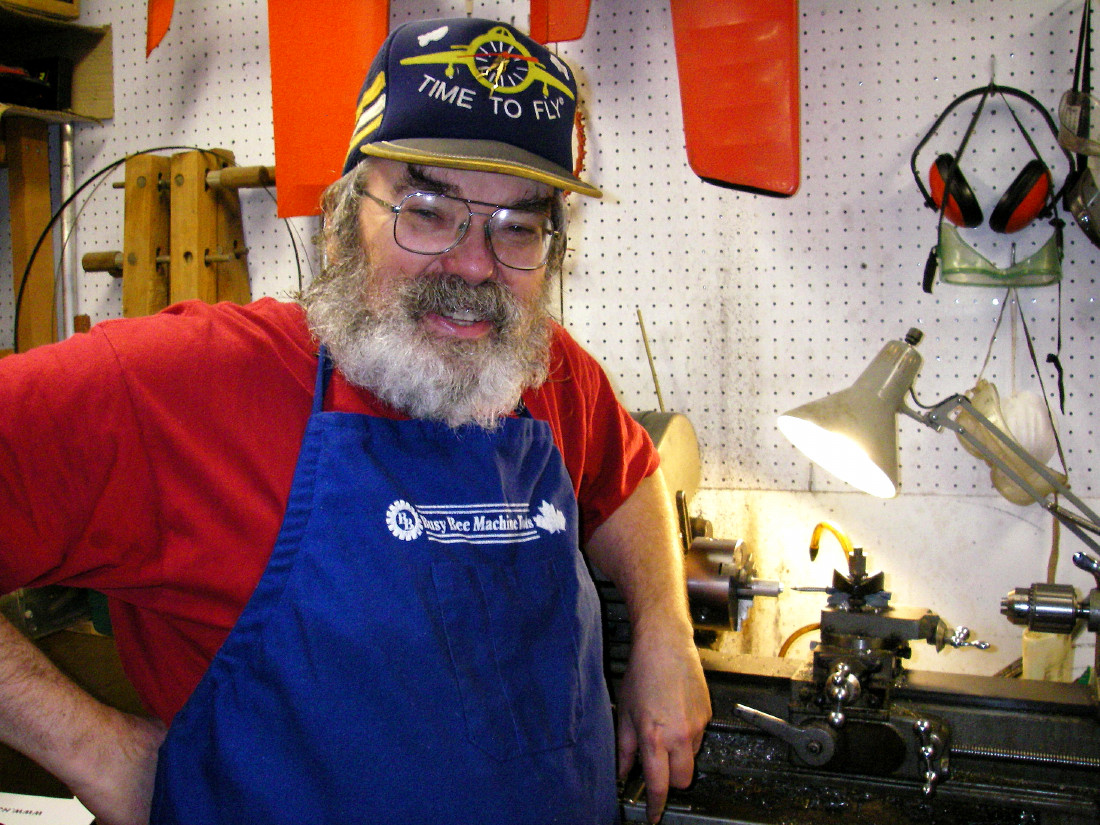 Well, we made it through February - at least, many of us did. My heart goes out to our friends In Texas, who have had far more than their fair share of problems recently what with COVID, the extreme cold snap and the dismal failure of their power supply system to meet their needs at a critical time. I've heard from my good friend Johnny Shannon that he's managing so far, which is very good news.
Well, we made it through February - at least, many of us did. My heart goes out to our friends In Texas, who have had far more than their fair share of problems recently what with COVID, the extreme cold snap and the dismal failure of their power supply system to meet their needs at a critical time. I've heard from my good friend Johnny Shannon that he's managing so far, which is very good news. 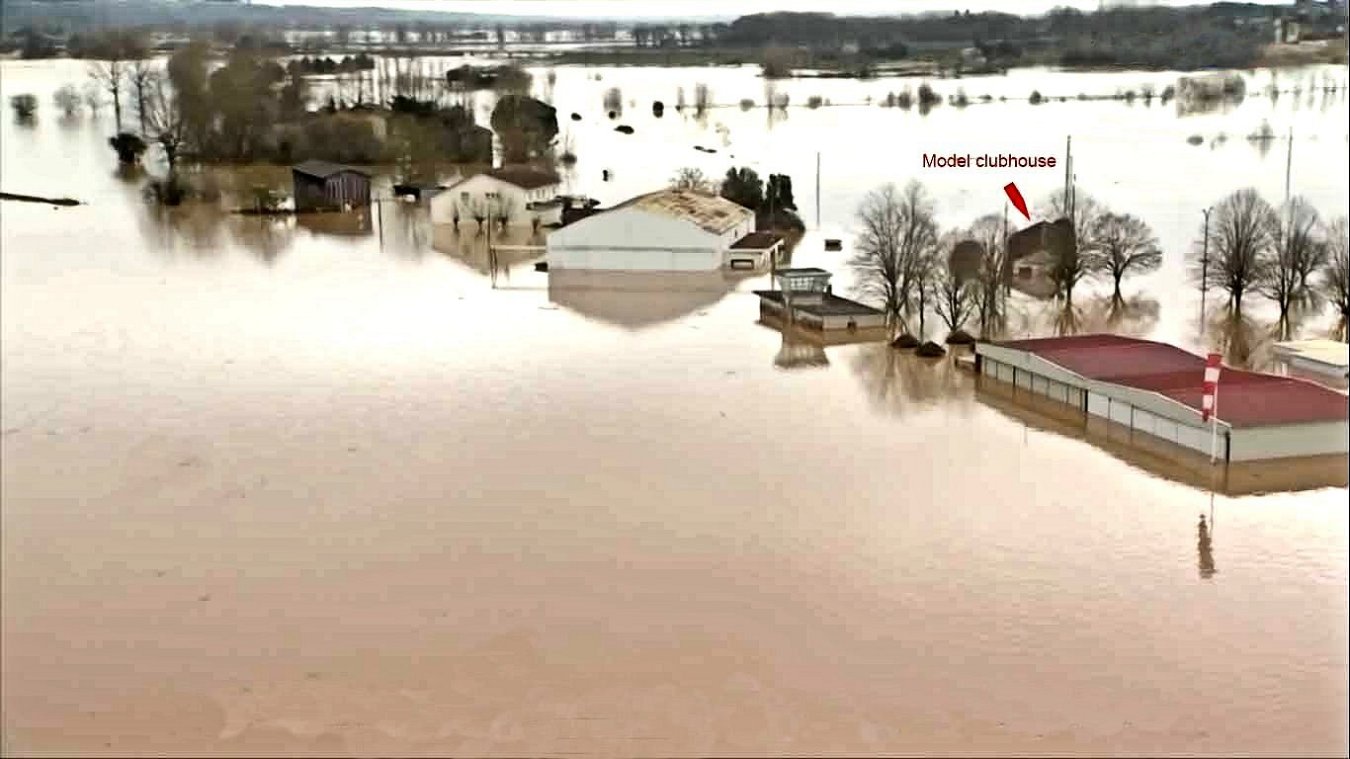 There have been other reports of weird weather from elsewhere too - it’s becoming a familiar theme. Too bad that as a global community we don’t seem able to respond appropriately to the threat………..we're not doing our kids and grandkids any favours.
There have been other reports of weird weather from elsewhere too - it’s becoming a familiar theme. Too bad that as a global community we don’t seem able to respond appropriately to the threat………..we're not doing our kids and grandkids any favours.  Further encouragement to continue comes from the fact that the mail box has remained quite active. I heard from quite a few of you during February, including (in no particular order) Luis Petersen, Dave Jones, Alan Strutt, Tom Coletta, Ingemar Larsson, Peter Valicek, Ken Croft, Eric Offen, Rob Jenkins, Maris Dislers, Don Imre, Ian Danby, Steve Hainsworth, Johnny Shannon, Peter Wakefield, Bob Parry, Lars Gustafsson, Sergio Montes, Neill McRae and Ryan Seymour. Apologies to anyone whom I may have inadvertently missed in the crowd, and apologies also to those whose messages went unanswered. The
Further encouragement to continue comes from the fact that the mail box has remained quite active. I heard from quite a few of you during February, including (in no particular order) Luis Petersen, Dave Jones, Alan Strutt, Tom Coletta, Ingemar Larsson, Peter Valicek, Ken Croft, Eric Offen, Rob Jenkins, Maris Dislers, Don Imre, Ian Danby, Steve Hainsworth, Johnny Shannon, Peter Wakefield, Bob Parry, Lars Gustafsson, Sergio Montes, Neill McRae and Ryan Seymour. Apologies to anyone whom I may have inadvertently missed in the crowd, and apologies also to those whose messages went unanswered. The 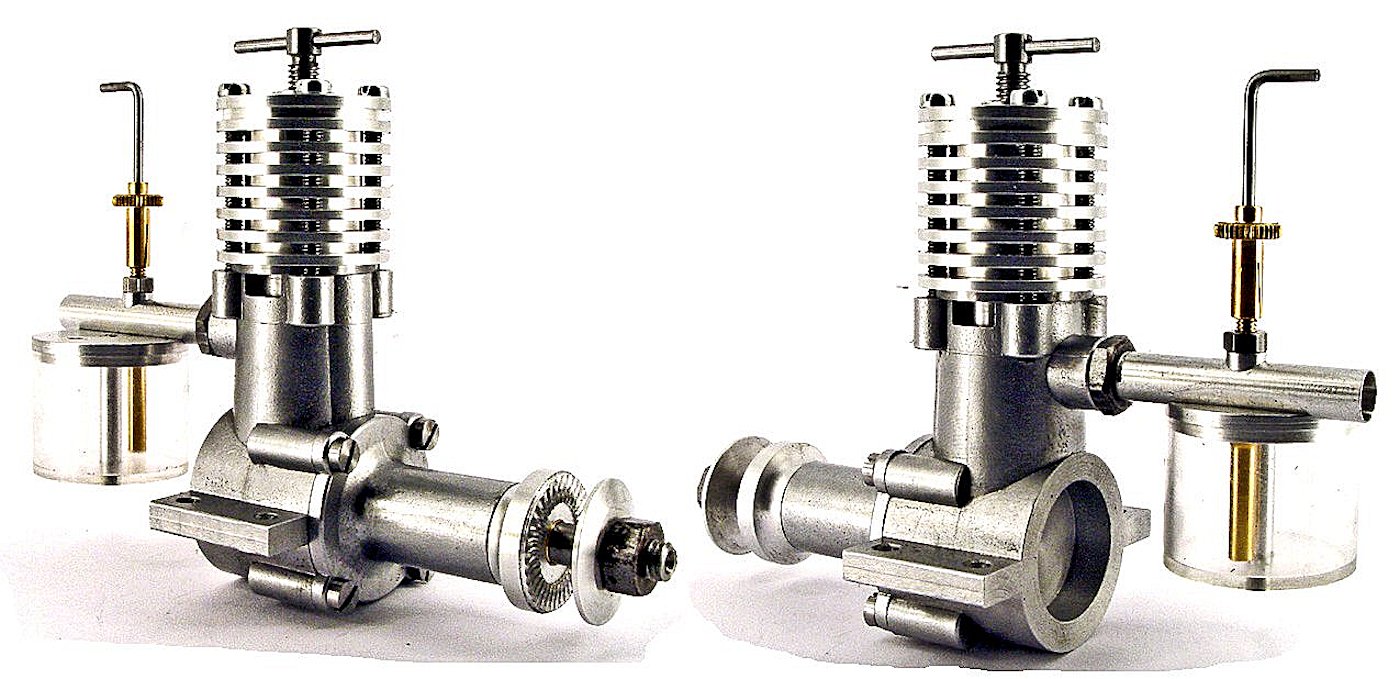 That
That 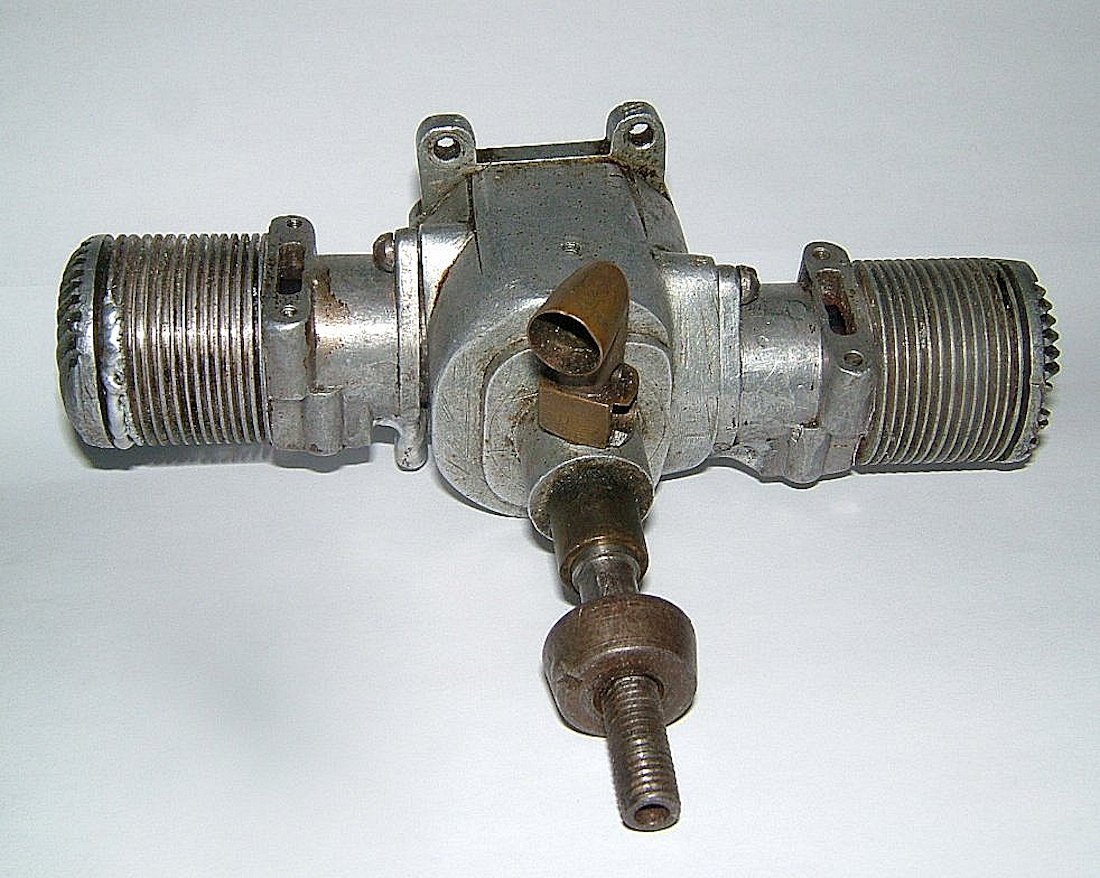 By way of compensation for the last Wotizit succumbing to identification so soon, I have another one to share this month. This time it’s from Rob Jenkins of Australia. Rob has sent along some images of a
By way of compensation for the last Wotizit succumbing to identification so soon, I have another one to share this month. This time it’s from Rob Jenkins of Australia. Rob has sent along some images of a 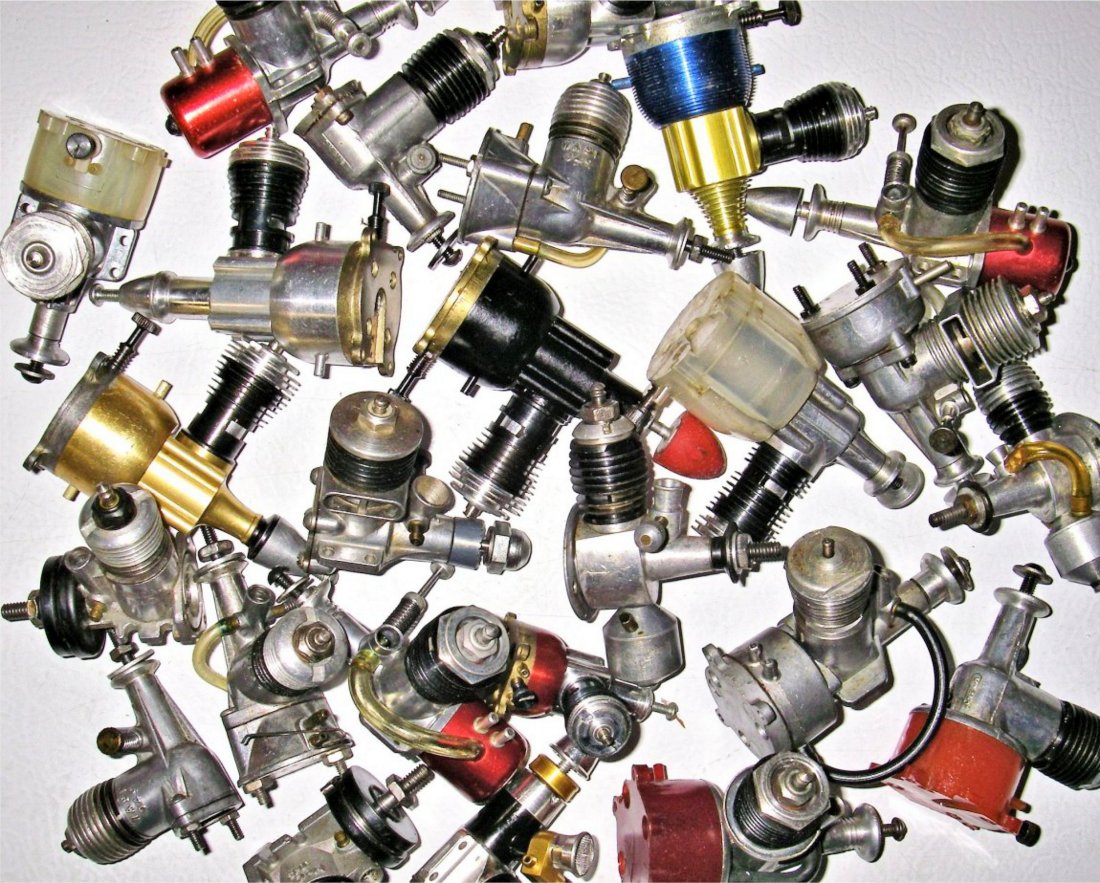 This month’s lead articles have a decidedly ½A flavour to them! Yes, folks, I did say “articles” plural! I was planning to
This month’s lead articles have a decidedly ½A flavour to them! Yes, folks, I did say “articles” plural! I was planning to 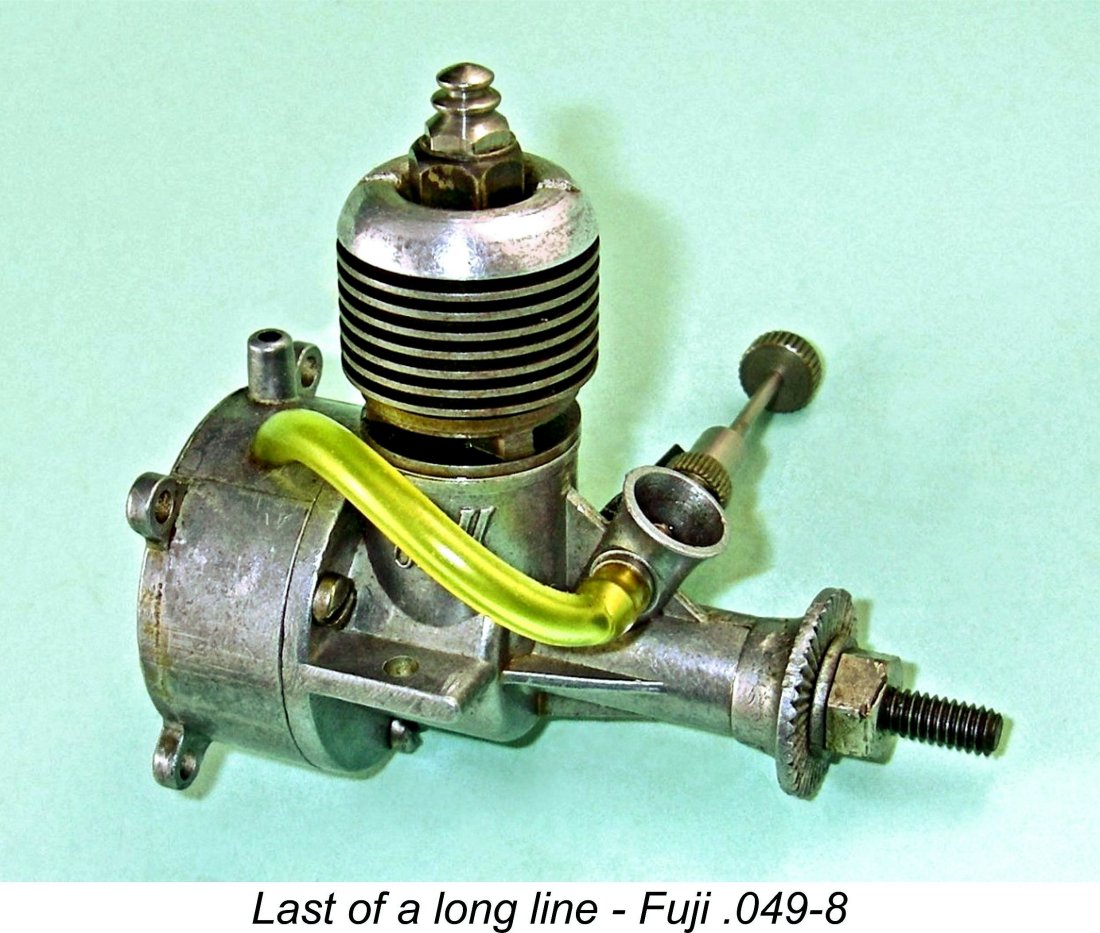 For my own contribution this month, might as well stick with the ½A theme! I’ve previously mentioned fielding several recent inquiries regarding the Fuji .049 series from Japan. This reminded me that although I began an in-depth review of that series prior to Ron Chernich’s greatly-lamented demise with the intention of presenting it on MEN, I never got around to finalizing it in time for Ron to publish it. I’ve covered the
For my own contribution this month, might as well stick with the ½A theme! I’ve previously mentioned fielding several recent inquiries regarding the Fuji .049 series from Japan. This reminded me that although I began an in-depth review of that series prior to Ron Chernich’s greatly-lamented demise with the intention of presenting it on MEN, I never got around to finalizing it in time for Ron to publish it. I’ve covered the 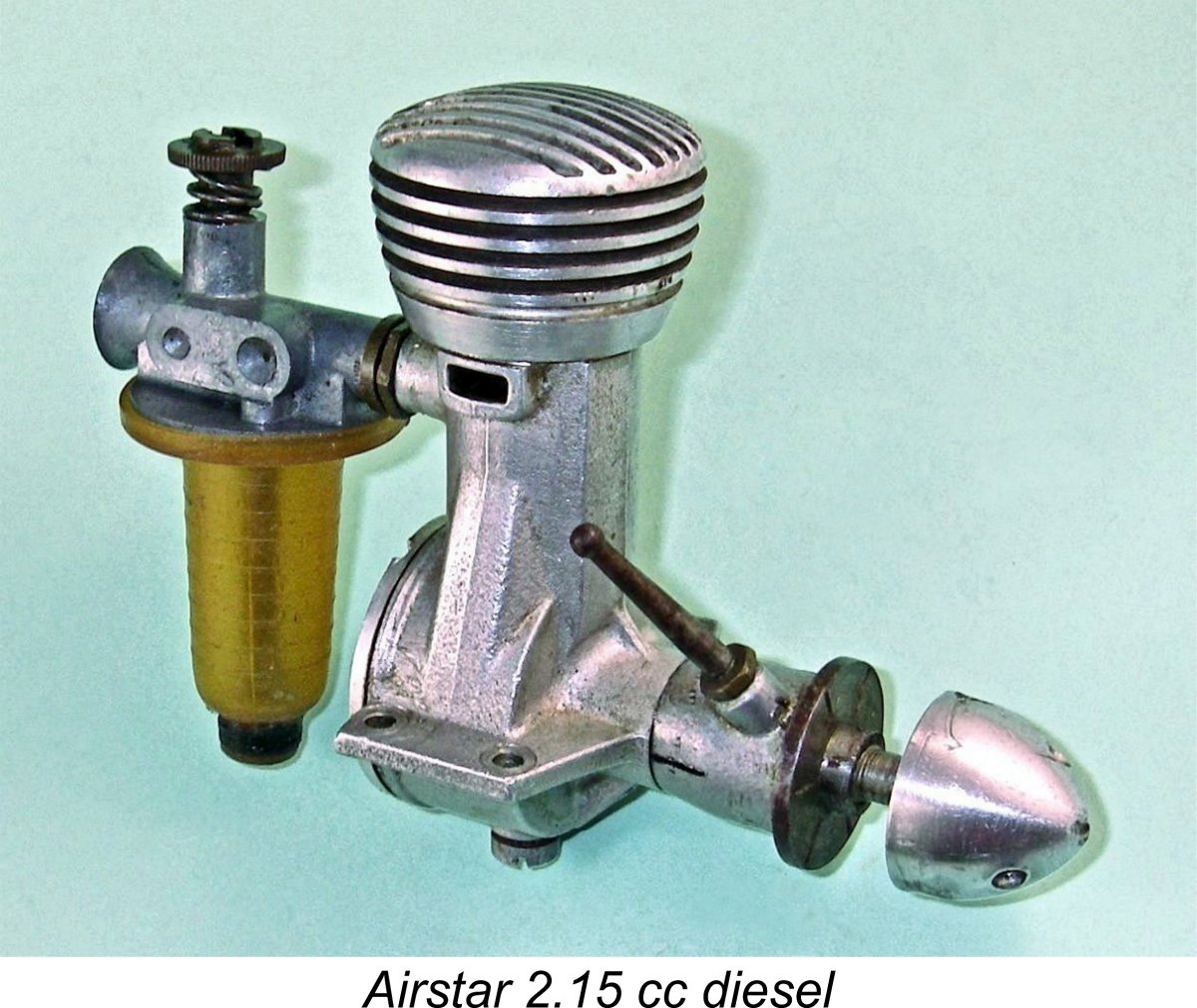 For next month, I’ll present a detailed review and test of a supposedly British sideport diesel from the late 1940’s - the Airstar 2.15 cc unit. I say “supposedly British” because it turns out that it’s nothing of the sort! Although the Airstar was marketed in Britain by a British company, it was actually a French design which the British manufacturers had acquired from the French Airplan company who had developed the engine in the first place. The deal evidently included a number of original French components which were used in the Airstar models, making this a joint French-English production in reality. It’s a fascinating story which I’m sure you’ll enjoy! The engine incorporates some highly unusual features which are well worthy of discussion.
For next month, I’ll present a detailed review and test of a supposedly British sideport diesel from the late 1940’s - the Airstar 2.15 cc unit. I say “supposedly British” because it turns out that it’s nothing of the sort! Although the Airstar was marketed in Britain by a British company, it was actually a French design which the British manufacturers had acquired from the French Airplan company who had developed the engine in the first place. The deal evidently included a number of original French components which were used in the Airstar models, making this a joint French-English production in reality. It’s a fascinating story which I’m sure you’ll enjoy! The engine incorporates some highly unusual features which are well worthy of discussion.